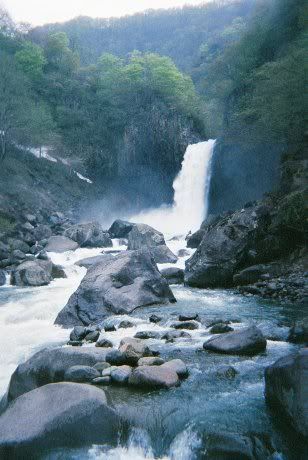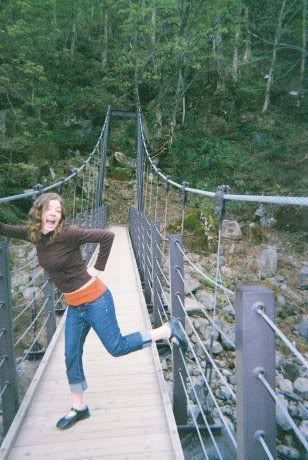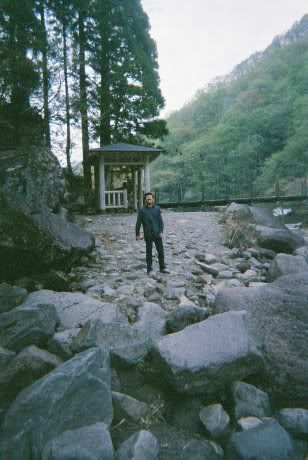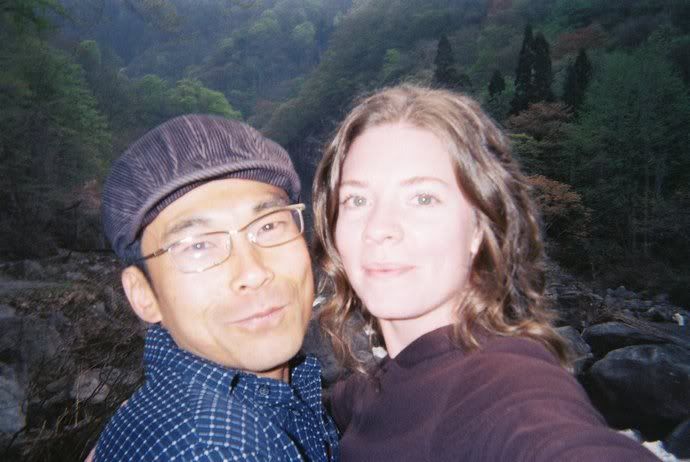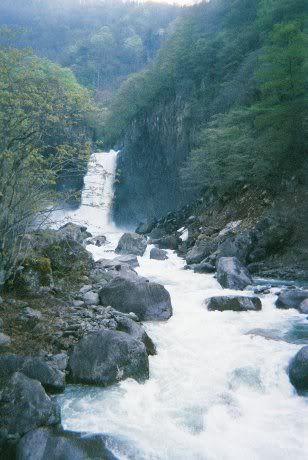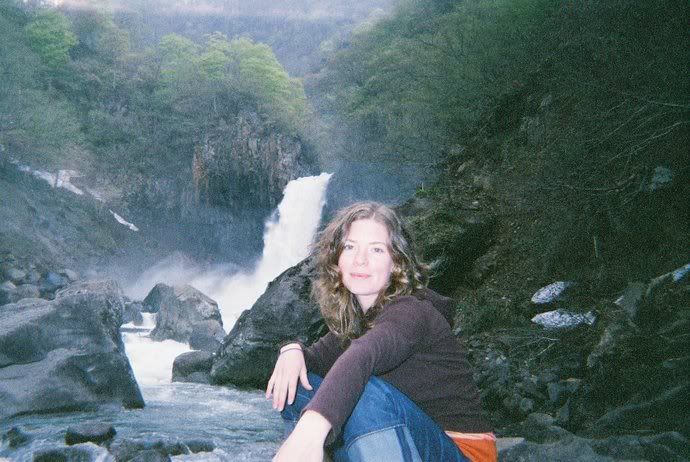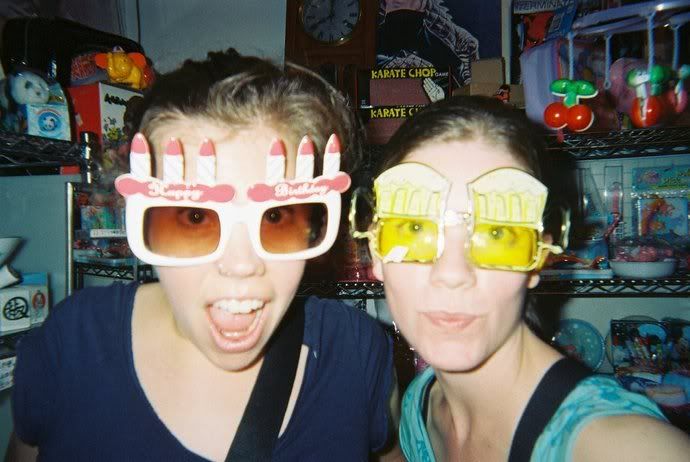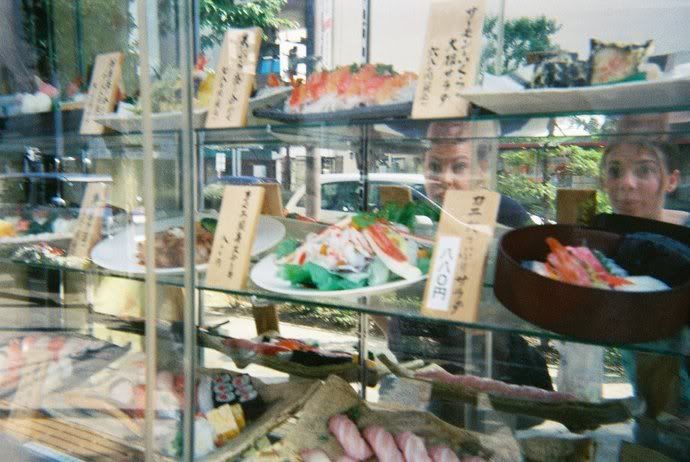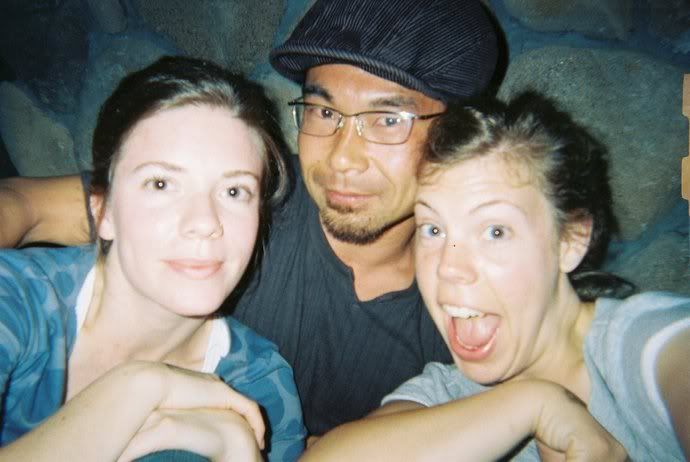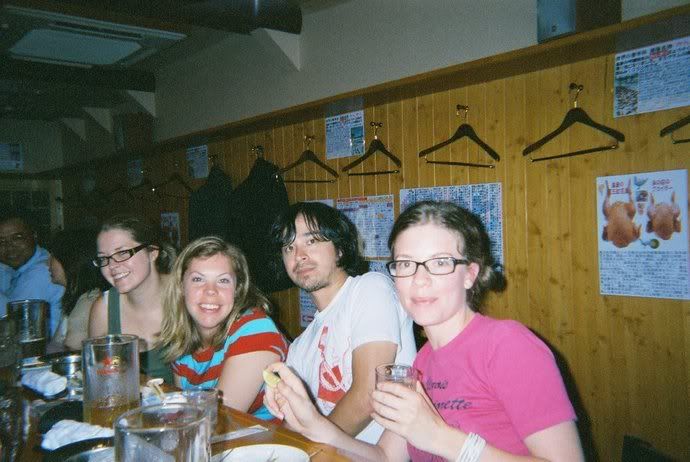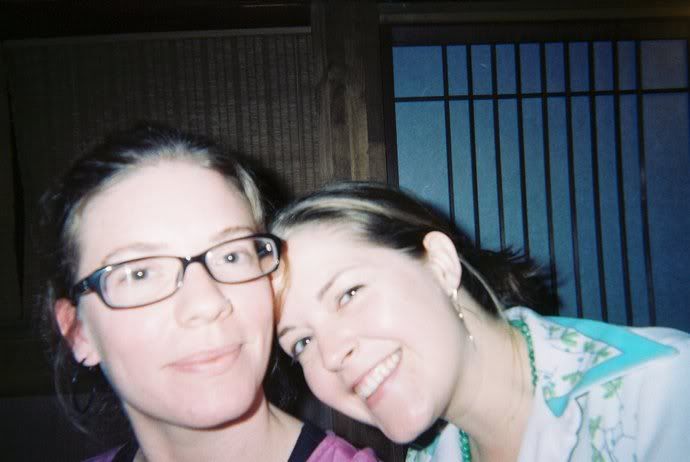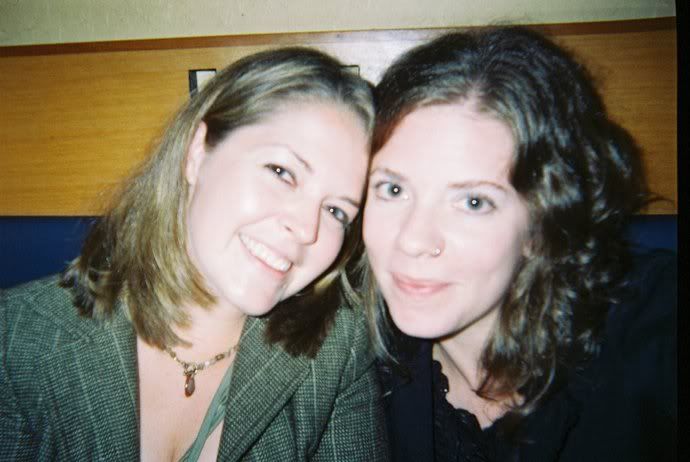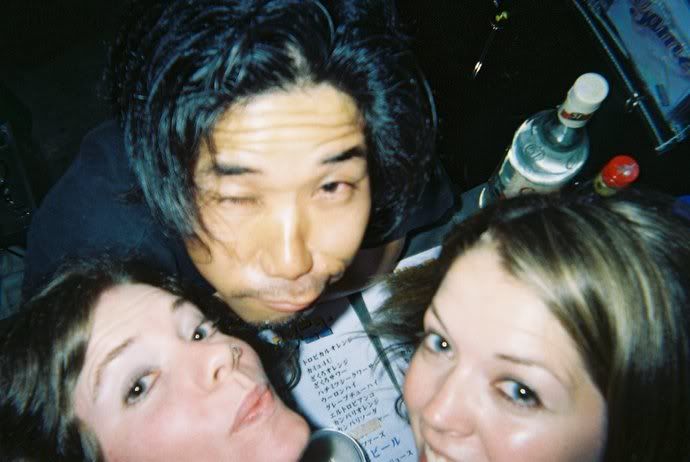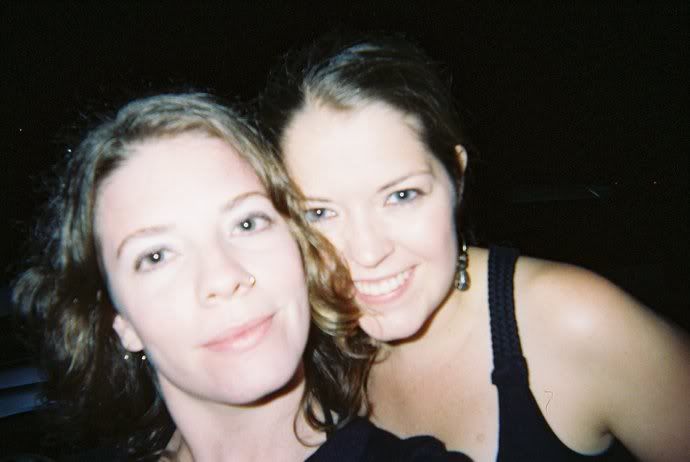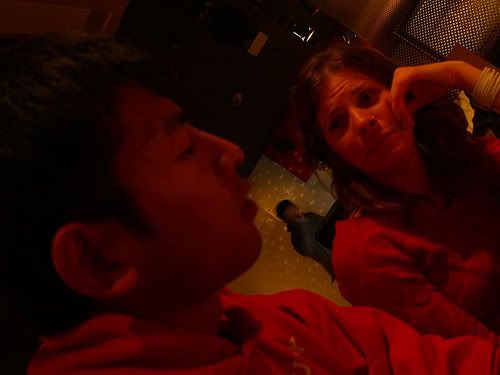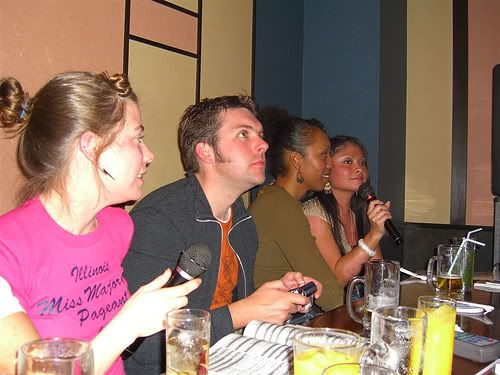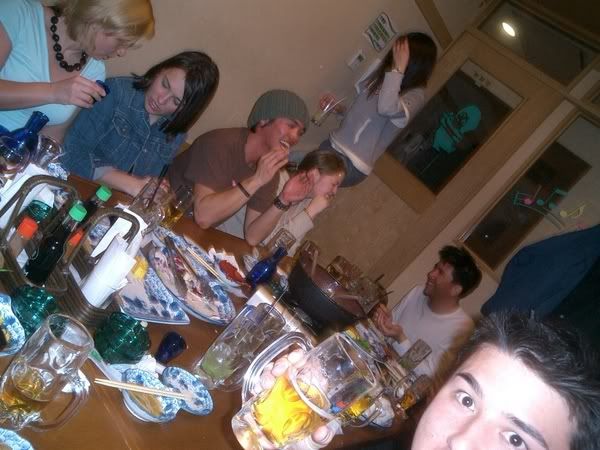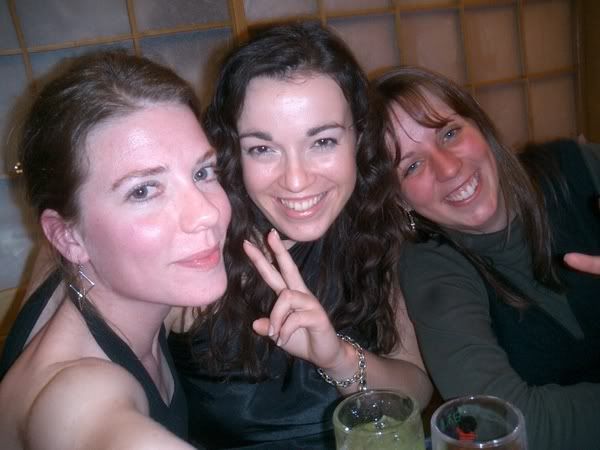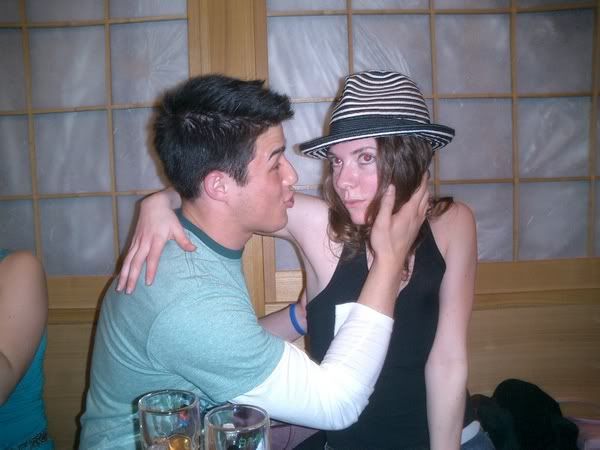recently i played a little hookey, hase closed down the ramen shop and we headed to kanazawa, a town in ishikawa prefecture famous for its castles, temples and gardens.
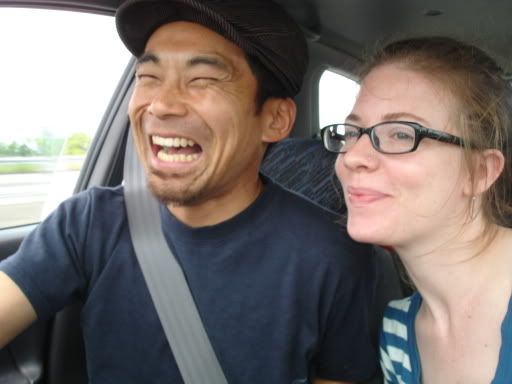
the city, referred to affectionately as little kyoto, is about 3 hours away.

historically kanazawa enjoyed quite a bit of power and wealth thanks to its buddhist roots; as the religion’s importance grew, so did the city. and because it’s been untouched by war or strife since 1583, much of the historical charm remains.
we stopped for green tea and some warm senbei fresh off the grill soon after we arrived.
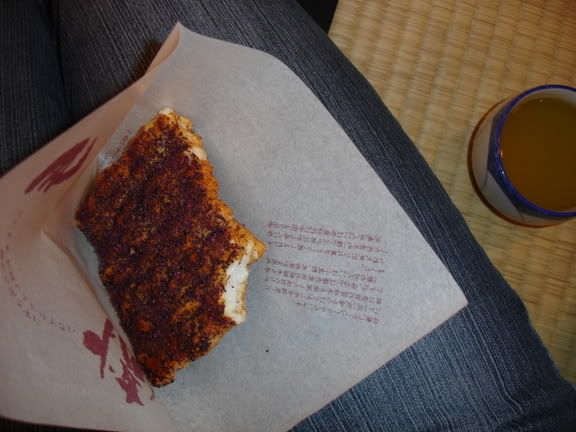
as i’m currently obsessed with these snacks, i feel the need for a side bar here....
_____________________________________________________________________________________
yummy senbei!
senbei is a generic term for a japanese rice cracker, which were traditionally large, round and savory treats made from rice.
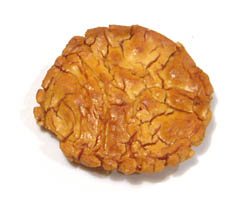
today they’re made from varying flours and can be found in all sorts of shapes, textures and sizes. according to some website, this is the flour to stomach process:
How senbei are made:
Rice flour is mixed with hot water and kneaded.
The dough is rolled into balls and then steamed.
The dough is kneaded once more and rolled into large coils.
At this point, any integrated flavorings (like nori or sesame seeds) are added (but not soy sauce, which is added at the very end).
The flavored dough is rolled out into thin sheets and then cut into shapes, traditionally circular.
The cut dough is then laid out on straw mats to dry in the sun.
The final step is grilling the crackers and then seasoning them with a soy sauce and mirin blend, which is brushed on.
the methods of preparation have also expanded to include not only the traditional grilling but frying. the grilled treats are quite tasty despite being really healthy. they are commonly flavored with soy sauce, sesame seeds, nori and konbu [types of seaweed] or shrimp. you can also find more adventurous crackers made with kimchi, chocolate, cheese, peanuts and vegetables. you can purchase beautifully wrapped senbei in gift sets, find em on the grill at every special event and festival, smell them cooking outside of temples or buy them at the nearest convenience store. specialty senbei stores are full of eye and belly candy.
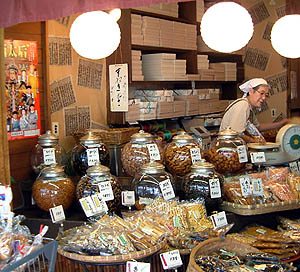
on this day i chose one coated in shiso, also known as perilla. not the green leaves used to wrap slices of sashimi…

but the red one used to make umeboshi, the sour pickled plums.

it was tangy and delish.
_____________________________________________________________________________________
alright…back to our kanazawa adventure which started off at kenrokuen, a park heralded as one of the 3 most exquisite in japan [according to who, i’m not sure] because it possesses the six attributes that a garden should have according to some ancient chinese theory: spaciousness, seclusion, human ingenuity, antiquity, water and panoramic views. no wonder it’s so beautiful…there’s an army of grandmas fiercely tending to it.
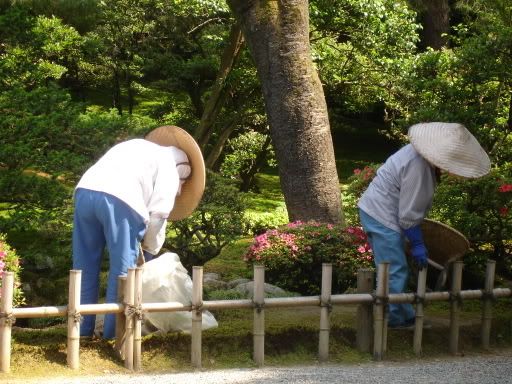
there were beautiful ponds, tea houses and unbelievable trees whose graceful branches stretched into huge canopies. the supports prevent the limbs from collapsing under the weight of the winter’s snow.
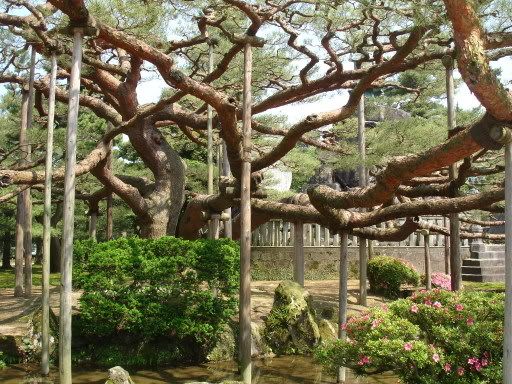
kanazawa castle is across the way from the park, or what’s left of it anyway. the guidebook said it was burnt down so many times that the locals got tired of rebuilding it.
then it was on to nagamachi district, an area that used to be home to samurais and many of the original buildings still stand behind tall, earthen walls. now they are just inhabited by private citizens. i know this because as i wandered around in courtyards hase read the posted signs to me: private property, keep out.
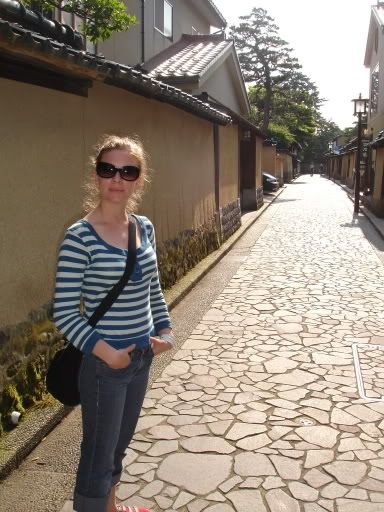
i’ve never taken a war tactics class or anything but, it doesn’t really seem so smart for all the samurais to live in the same neighborhood if you ask me.
we went inside one of the elegant samurai homes that used to belong to the Nomuras, who were a high ranked samurai family that, like many others, went broke when Japan's feudal era came to an end with the Meiji Period. it had a small but fabulous garden...
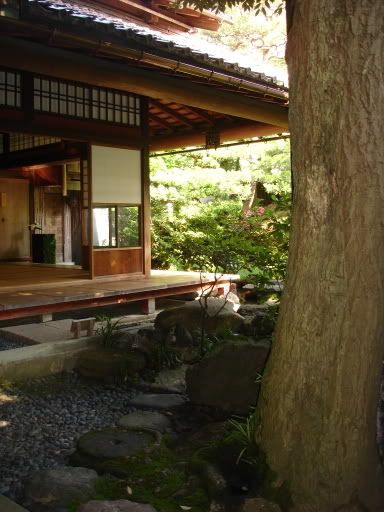
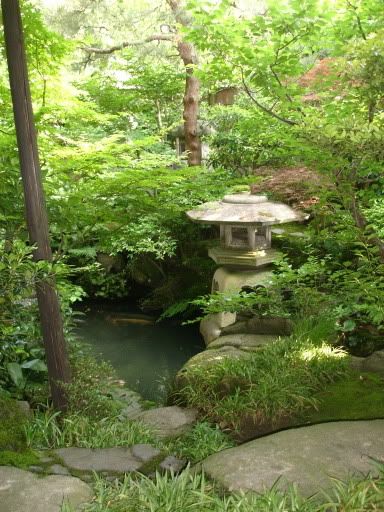
and an interesting collection of old money and samurai weapons...
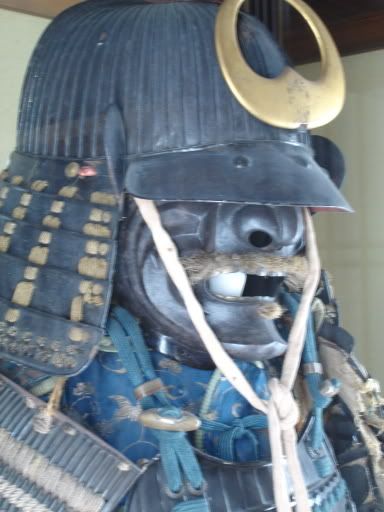
hase and i decided we're moving into that house next year.
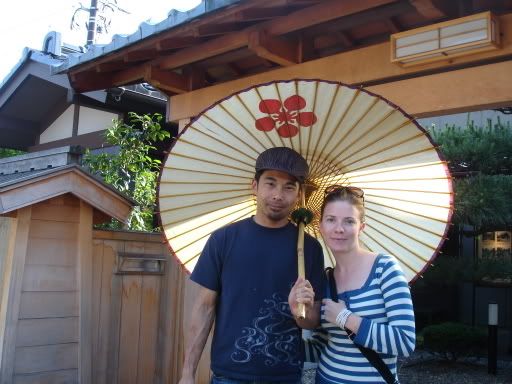
later we checked into the hotel and readied for the night out. i’ll spare you all the details of our private hotel time. we dined at a kushiya decked out in kitschy japanese 1950’s stuff. yellowed movie posters lined the walls, cheesy toys dotted shelves, a chunky, squatty television set played old Japanese sitcoms. surprisingly, a lot of the décor was also reminiscent of American 1950’s style. wonder how much of that could be a function of post-war influence. a kushiya is a place that serves food on a stick and this place had it all; literally hundreds of items, delicious in their simplicity, listed on wooden planks hanging over the counter and on the walls.

the meal started with a heap of raw cabbage and sweet/spicy miso paste for dipping. we tried it all, fried, grilled, raw… some highlights were the chunks of cheese wrapped in bacon and grilled till gooey, deep fried pork cutlets, vegetable croquettes, and huge, whole shrimp with great crusty breading. there was a tub of brown sauce on the table adorned with a sign that i couldn’t make out. good thing hase was there… he explained that it says no double dipping cause the vat’s for everyone’s use all night long. that spurned a great conversation about seinfeld.
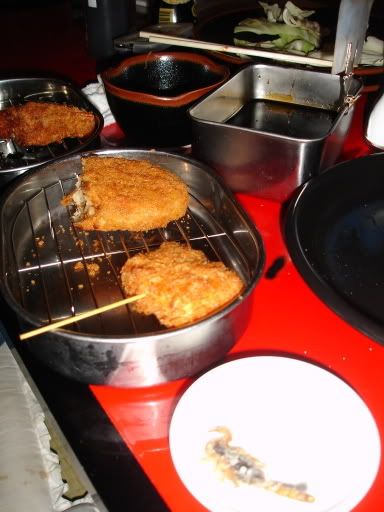
you can’t see it so well, but in the bottom right corner was a crunchy fried scorpion i wolfed down. ya know i had to try it. then we were off for drinks at a swanky bar with great jazz and some darts before retiring.
